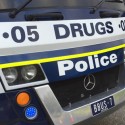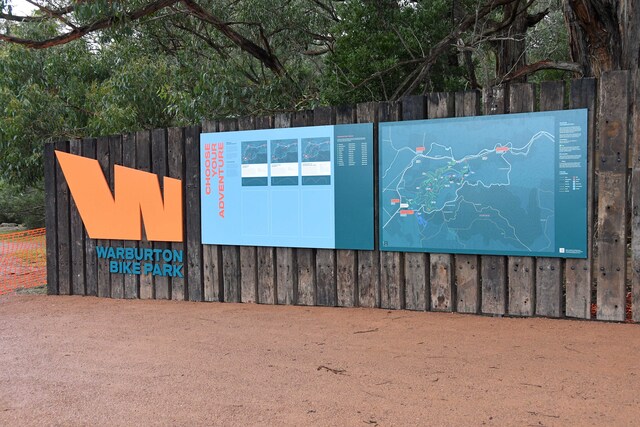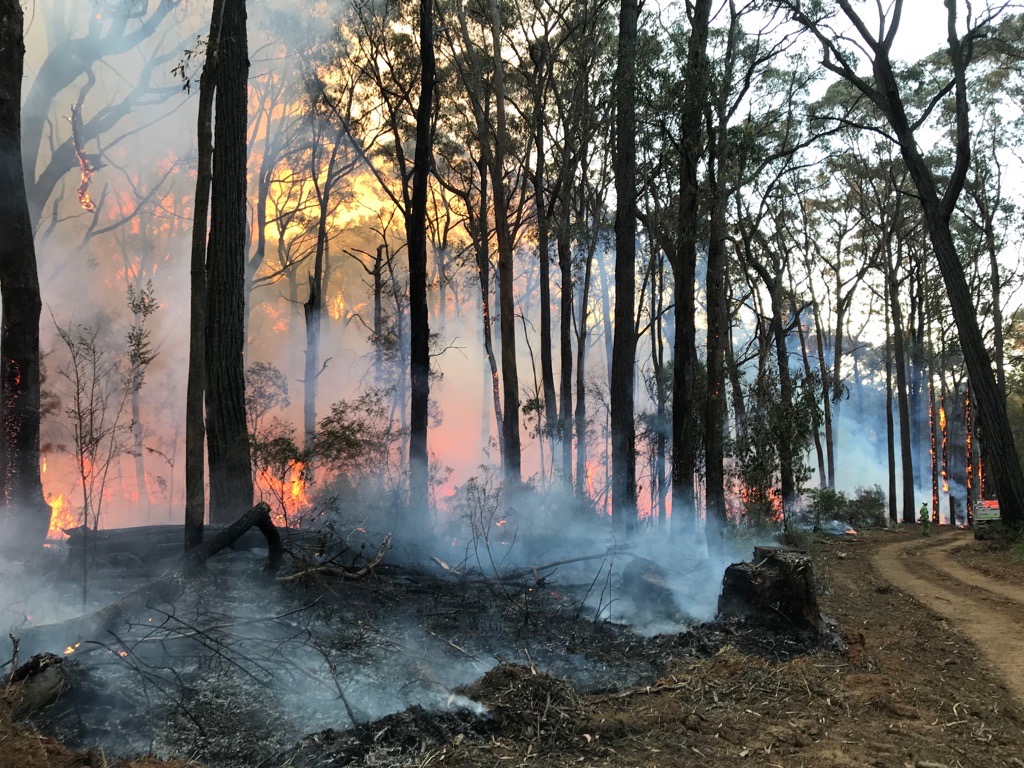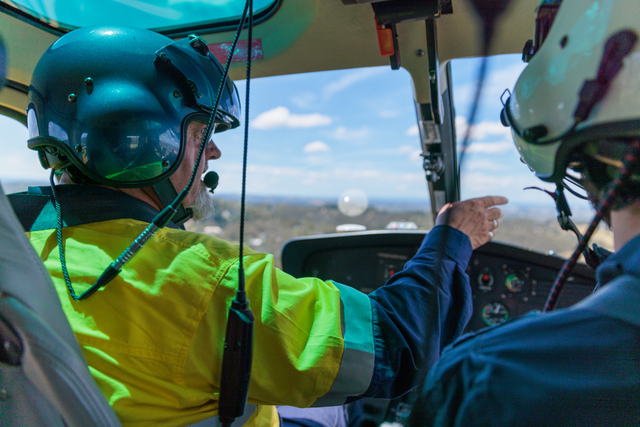By KATH GANNAWAY
THE Australian Road Safety Foundation is calling on the public to focus on an increasing drug driving culture as the 10th anniversary of Fatality Free Friday approaches.
An initiative of the foundation, Fatality Free Friday is held on the last Friday in May (27 May this year), and calls for road users to make a pledge to themselves, their family, friends and other motorists, to consciously drive safely and obey road rules.
While P-Platers are often given a bad rap for driving recklessly, the ARSF says new research has revealed that it’s the more experienced drivers who need to exercise extra caution behind the wheel.
According to the research, commissioned by the ARSF, the incidence of drug driving is more common among 25 to 34-year-olds, with more than one in 10 (11 per cent) admitting to driving under the influence of illicit drugs in the last 12 months.
Further findings suggest that a high number of Australians aged 25-34 consider drug driving to be less risky than drink driving, with one in five confessing to successfully avoiding penalties while driving under the influence of an illicit substance.
It reveals also that close to one in five (19 per cent) believe that ice, cocaine or acid won’t impact their ability to drive safely.
Australian Road Safety Foundation CEO, Russell White, said this year’s Fatality Free Friday campaign would focus on reducing the prevalence of drug driving by educating individual road users on the significant risks and consequences of driving under the influence of an illicit substance.
“It is alarming that so many seemingly experienced drivers do not realise the extent to which drugs can impair their ability to drive safely,” Mr White said.
“The effects of illegal substances will always be unpredictable. Drug use can impair vision, reaction time, judgement, hearing and memory and when combined with driving, the results can be devastating.
“Suggesting that Australians are becoming blase about recreational drug use, close to a third of the population see it as being a normal part of life, and many say they wouldn’t intervene if someone they knew was to drug drive.”
In Victoria, the Transport Accident Commission (TAC) also identifies drug driving as a serious road safety issue stating on their website that in the last five years approximately 37 per cent of all drivers and motorcyclists killed had drugs in their system.
Cannabis and stimulants were the most common substances detected.
The TAC says about 21 per cent of drivers and motorcyclists killed in 2012 tested positive to THC, the active component of cannabis, or stimulant/amphetamine type drugs such as ecstasy, speed and ice.
In 2004, the TAC drug driving campaigns were launched to support random roadside testing of illegal drugs and since then there have been several drug driving campaigns highlighting police enforcement and showing how drugs impair driving.
In July 2006 the government extended the testing program indefinitely and introduced legislation which allowed for the testing of MDMA(ecstasy).
Mr White said while a single day free from any fatalities was the ultimate goal of Fatality Free Friday, drivers should commit to making safe choices every time they got behind the wheel.
“Motorists must recognise that every decision they make can be the difference between life and death – it only takes a lapse in concentration or a slightly delayed reaction that could result in a loss of life,” he said.
In a promising sign that the safe driving message seems to be sinking in with some, more than 130,000 Australians have taken the Fatality Free Friday pledge to date
As well as attending one of the many Fatality Free Friday public signing events across the country today, road users are also able to make their road safety pledge by visiting www.fatalityfreefriday.com or on the Fatality Free Friday Facebook page.







